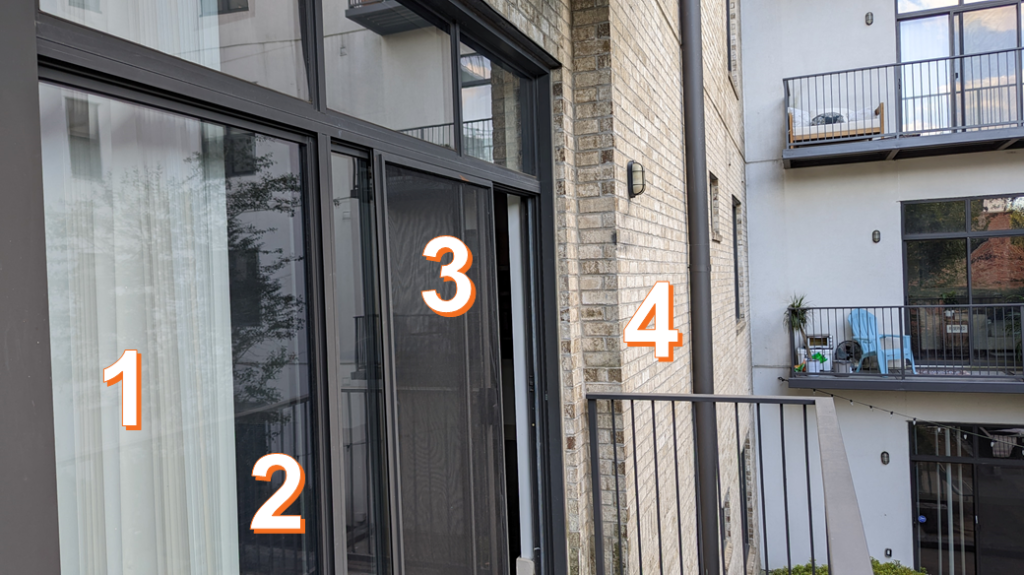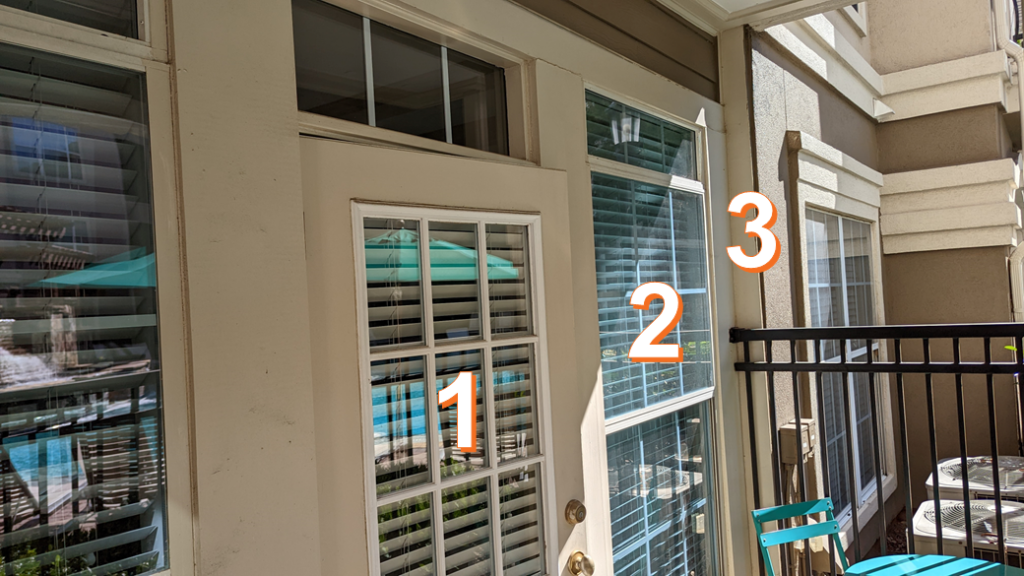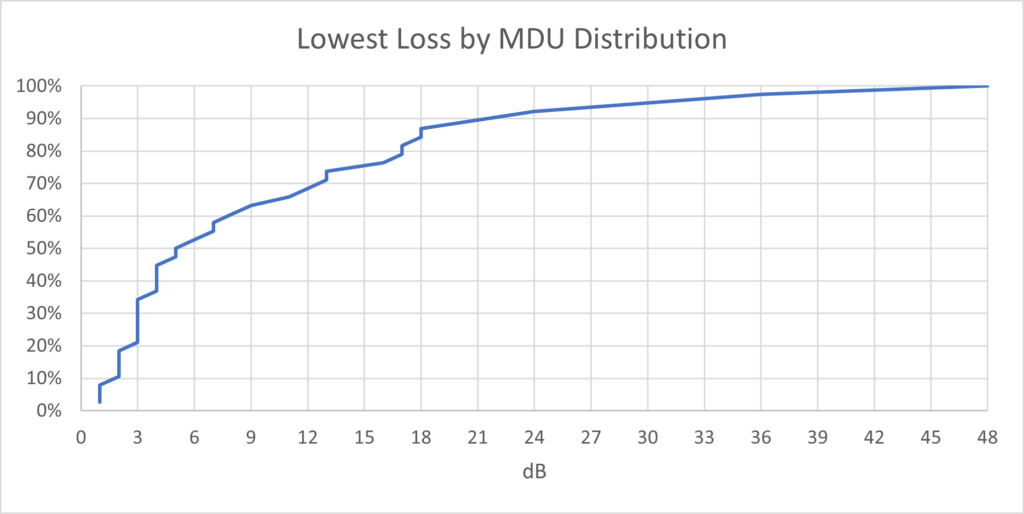mmWave Mythology, Part I
By Kent Lundgren, VP Marketing
On January 9, 2024, Alex Katko, PhD, Pivotal’s VP of Engineering, shared some lessons learned about mmWave at Avalon’s Technology Users Forum in Dallas. His presentation, “mmWave Mythology: Myths Busted or Confirmed Through Real Deployments,” challenged his audience to determine which of nine mmWave myths were confirmed based on Pivotal Turnkey Service’s experience designing and deploying Pivot 5G repeater networks. These networks serve fixed wireless access (FWA) to hundreds of multiple dwelling unit (MDU) buildings across the United States.
Pivot 5G network repeaters typically attach to utility poles or streetlights and re-direct mmWave signals from base stations to indoor subscriber equipment behind glass windows and doors, even exterior walls. The emphasis on signal penetration from outdoors to indoors provides a natural introduction to Alex’s first two myths:
- Low-E Glass is Simple.
- Low-E Glass Means No mmWave.
Low-E Glass is Simple
Pivotal Turnkey Services offers an end-to-end solution to carriers that uses Pivotal products to plan, deploy and monitor mmWave repeater networks that expand mmWave coverage from base stations supplied by the likes of Ericsson, Samsung, Nokia and Huawei. After using WaveScape™ to design the network, Turnkey performs field surveys using a variety of tools. When glass analyzers encounter low-E glass, it is tempting to choose one penetration loss number, perhaps adjusting it by the number of panes, and adding a margin of pessimism to meet a given service level agreement (SLA). What could be simpler?
Busted

Trouble is, glass is too variable to determine penetration loss without measuring it using mmWave measurement gear behind the glass. On-glass analyzers such as CRL Glass-Chek are inadequate. Glass with identical thickness and type, even from the same geographical area, can vary in penetration loss. For example, Turnkey has encountered two varieties of low-E glass, same area, same type (i.e., type 3), and nearly the same thickness, 1” vs. 15/16”. The thicker 1” glass generated a loss of 17 dB. The thinner 15/16” glass generated a loss of 41 dB.
The only reliable judgement that can be made with a glass analyzer is the presence of clear glass. mmWave always penetrates it with very little loss.
Low-E Glass Means No mmWave.
Let’s assume that high glass penetration loss has been properly identified at an MDU. Does this mean that mmWave service is office limits to the entire building?
Busted
Definitely not, because low-E glass typically doesn’t characterize all entry points into a single MDU, and if there’s a way into one MDU, then typically all MDUs in the same building offer the same array of entry points. Figure 2 shows multiple low-loss entry points into one MDU:

Figure 2: Entry 1 - vinyl blinds, 0 dB, Entry 2 - low-E glass door,17 dB, Entry 3 - screen door, 0 dB, Entry 4 - brick wall, 20 dB.
Figure 3 shows how clear glass often co-exists with low-E glass in the same MDU. After all, LEEDS certification doesn’t always require MDU buildings to use expensive low-E glass exclusively.

Figure 3: Entry 1 – clear glass door, 1 dB, Entry 2 - low-E window, 21 dB, Entry 3 - wall, 8 dB
Figure 4 shows that even if all glass surfaces are low-E, stucco and siding can be paper-thin.

Figure 4: Entry 1 - stucco wall/siding, 7 dB, Entry 2 – wall above doors, Entries 3 and 4 - low-E window and door, 19 and 31 dB, respectively.
Figure 5 characterizes penetration loss by MDU. 80% of the MDUs surveyed by Turnkey, for example, offer an entry point of penetration loss of 18 dB or less.

Figure 5: Most MDUs have mmWave-friendly entry points.
Stay tuned for more mmWave myths in blogs to follow.

